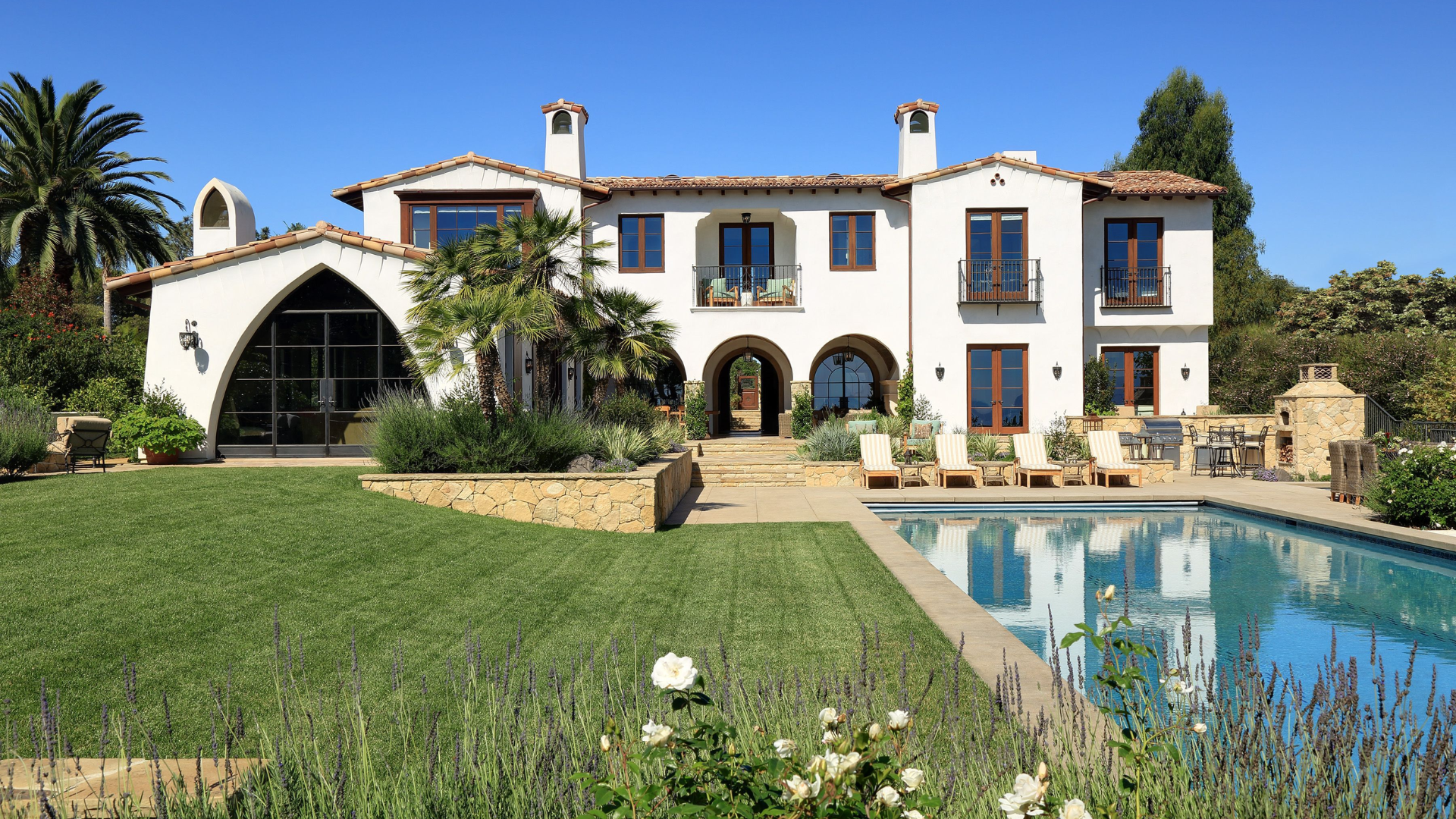Mission style is a classic design that brings warmth, simplicity, and natural beauty into any home.
It became popular in the late 19th and early 20th centuries and is still loved today for its clean lines, solid wood furniture, and handcrafted details. Inspired by the Arts and Crafts movement, this style focuses on quality over decoration.
You won’t find anything flashy – just honest materials like oak, stone, and iron that show off their natural beauty.
I’ve always liked how Mission style creates a calm and welcoming space. It’s easy to mix with modern features while keeping that traditional, grounded feel.
Wide porches, built-in furniture, and large windows are just a few things that make this style stand out.
In this blog, I’ll share what makes Mission style unique and how you can use its elements to update your home with timeless charm.
What is Mission Style?
Mission style, also known as Arts and Crafts, emerged as a reaction against the industrial revolution’s mass production, which resulted in homes and furniture that lacked individuality.
Influenced by Spanish Colonial and American craftsmanship, this style emphasizes handmade objects, simple shapes, and natural materials like wood, stone, and iron.
Mission style focuses on creating a harmonious connection between indoor and outdoor spaces, reflecting nature’s beauty through carefully selected materials and thoughtful design.
A defining characteristic of Mission style is its deep respect for craftsmanship. Every piece, from furniture to fixtures, is designed to showcase the natural beauty of the materials.
Woodwork often features intricate carvings, while stone elements are left with a smooth, natural finish to maintain their organic appeal.
The design creates a seamless flow between interior and outdoor spaces with large windows, wide porches, and overhanging eaves that invite natural light and a peaceful atmosphere.
Key Elements of Mission Style
Mission style is defined by its focus on simplicity, natural materials, and handcrafted details. Key elements include the use of wood, stone, and iron in both structural and decorative aspects.
1. Natural Materials

Mission style homes emphasize the use of natural materials such as wood, stone, and iron. These materials are often left in their natural state, with minimal treatment, allowing their beauty to shine through.
Wood, particularly oak, is commonly used in furniture and trim, while stone may be used for fireplaces or exterior facades.
Iron is typically incorporated in light fixtures, railings, and decorative elements, adding a rustic touch to the overall design.
2. Simple, Clean Lines

One of the most defining features of Mission style is its focus on simplicity and clean lines. The furniture, architecture, and decor avoid excessive ornamentation, opting instead for geometric shapes and straightforward forms.
This simplicity helps to create a sense of calm and order within the space, making it a perfect choice for those who appreciate functional, minimalist design.
3. Handcrafted Details
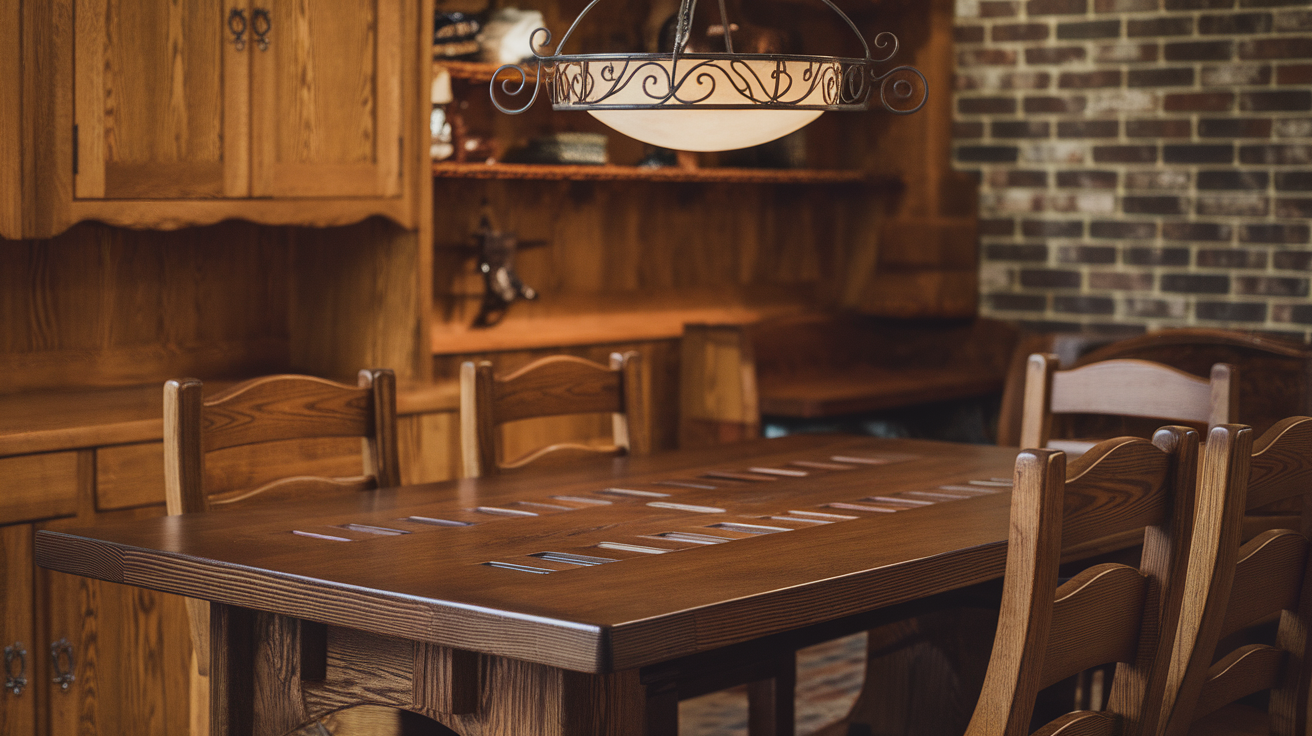
Mission style values handcrafted objects and materials, which reflect the skill and craftsmanship behind their creation.
This is evident in furniture pieces that are often handmade, showcasing intricate joinery and visible craftsmanship.
The emphasis on handcrafting also extends to decorative elements, like wrought iron light fixtures and wooden cabinetry, which bring warmth and authenticity to the home.
4. Integration with Nature

Mission style is known for its strong connection to nature. Homes are designed to merge with their natural surroundings, often through large windows that allow plenty of natural light to fill the space.
This style also emphasizes outdoor living, with porches and patios that extend the living area into the outdoors. The goal is to create a harmonious environment where indoor and outdoor spaces flow seamlessly together.
Mission Style: Exterior and Interior
The exterior of a Mission-style house often blends with the surrounding environment. These homes are built to complement the natural landscape, and their design is influenced by the Spanish Colonial Revival style.
Exterior
The exterior of a Mission style house showcases low-pitched roofs, smooth stucco or brick facades, and wooden details like exposed beams and wide porches, blending with the natural environment.
1. Low-Pitched Rooflines
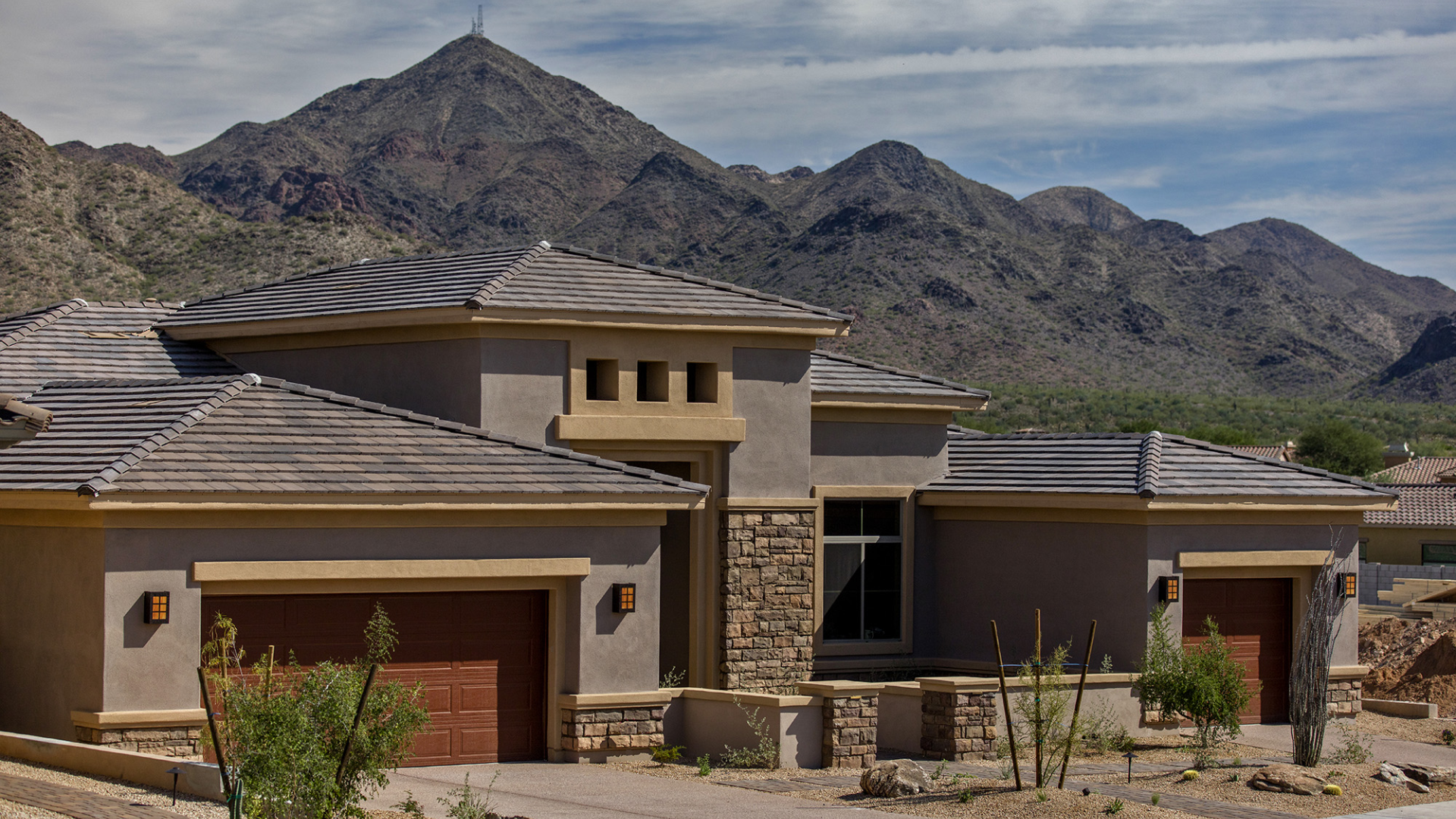
Mission-style homes typically feature low-pitched rooflines with wide, overhanging eaves. The roofs often have simple, clean lines, giving the house a grounded, stable appearance.
The overhanging eaves are not only an aesthetic choice but also serve a functional purpose by providing shade and protecting the home from the elements.
2. Stucco or Brick Facades

The exterior walls of a Mission-style home are often made of smooth stucco, which gives the home a warm, earthy tone.
In some cases, brick or stone may be used for detailing around windows, doors, or chimneys, adding texture and depth to the design.
The stucco or brick facades give the home a simple, rustic charm that blends well with the surrounding environment.
3. Wooden Details and Porches
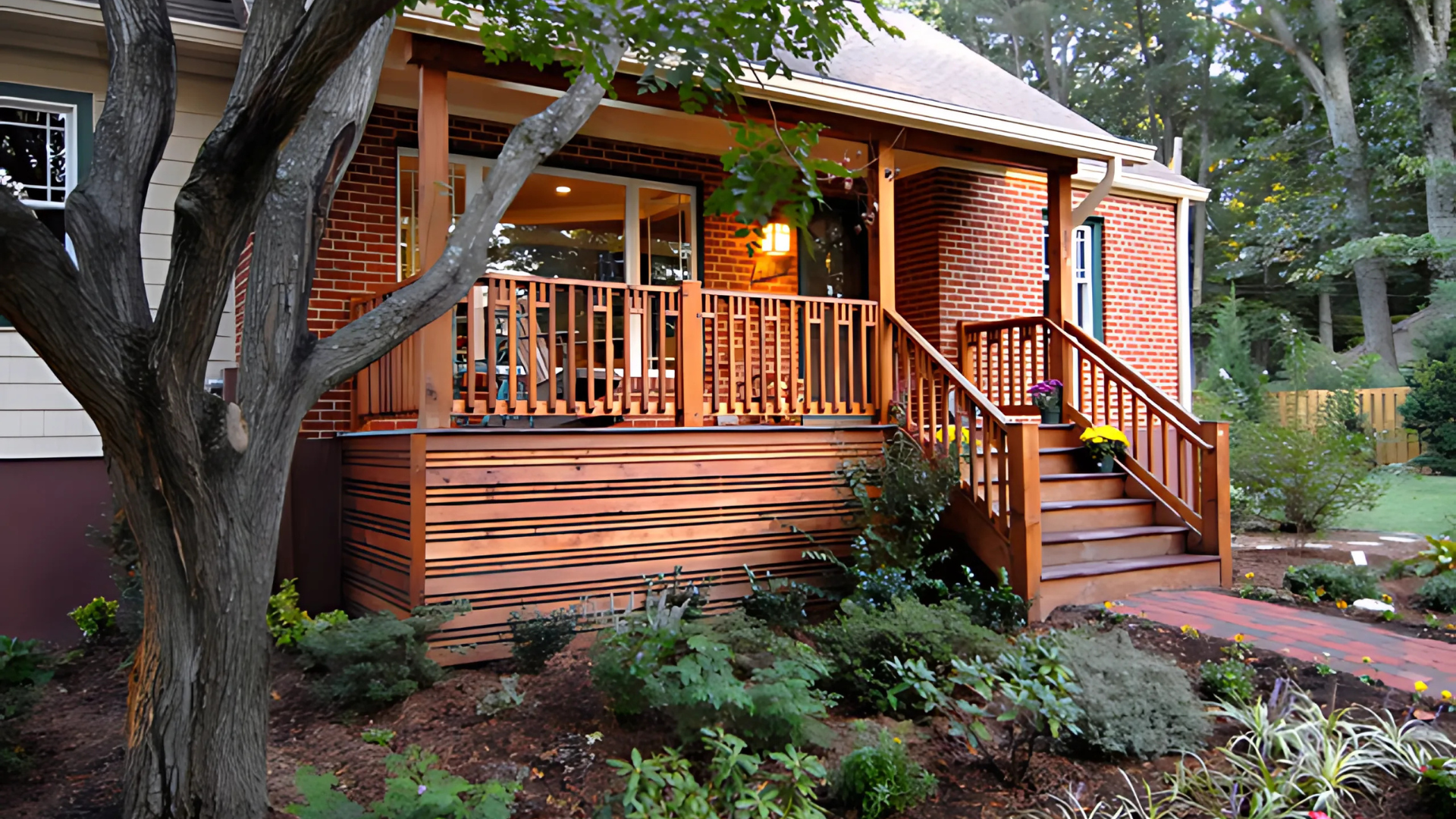
Wide porches with exposed wooden beams are a hallmark of Mission-style homes. These porches not only provide a space for relaxation but also help to connect the home to the outdoors.
The wooden details, including columns and railings, further emphasize the style’s reliance on natural materials and handcrafted workmanship.
These features create a welcoming entrance to the home and extend the living space to the outdoors.
Interior
When it comes to interior design, Mission style is all about warmth, texture, and simplicity. You can create a cozy, inviting space by focusing on the following elements.
1. Open Floor Plans
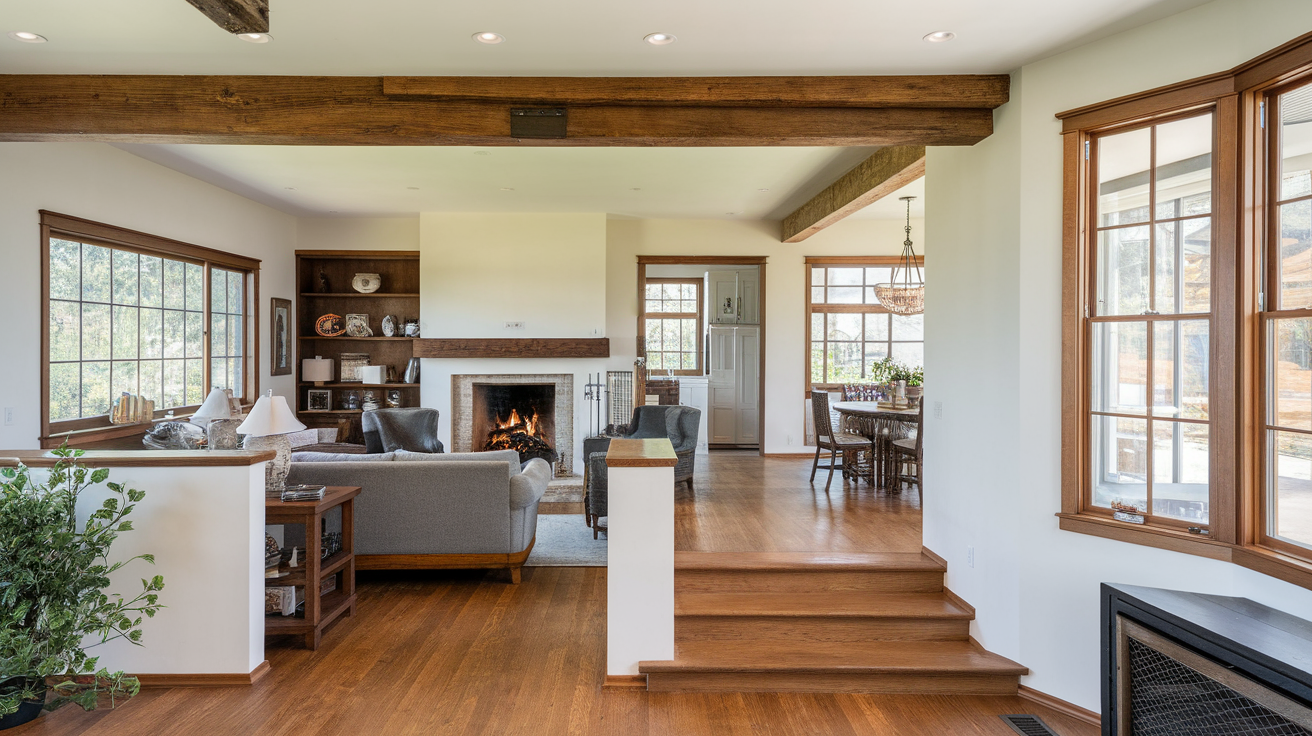
Mission-style homes often feature open floor plans that create a sense of space and flow. These layouts allow natural light to penetrate deeper into the home, making the spaces feel larger and more connected.
The open floor plans also facilitate easy movement between rooms, making the home feel more functional for everyday living.
2. Earthy, Warm Color Palette
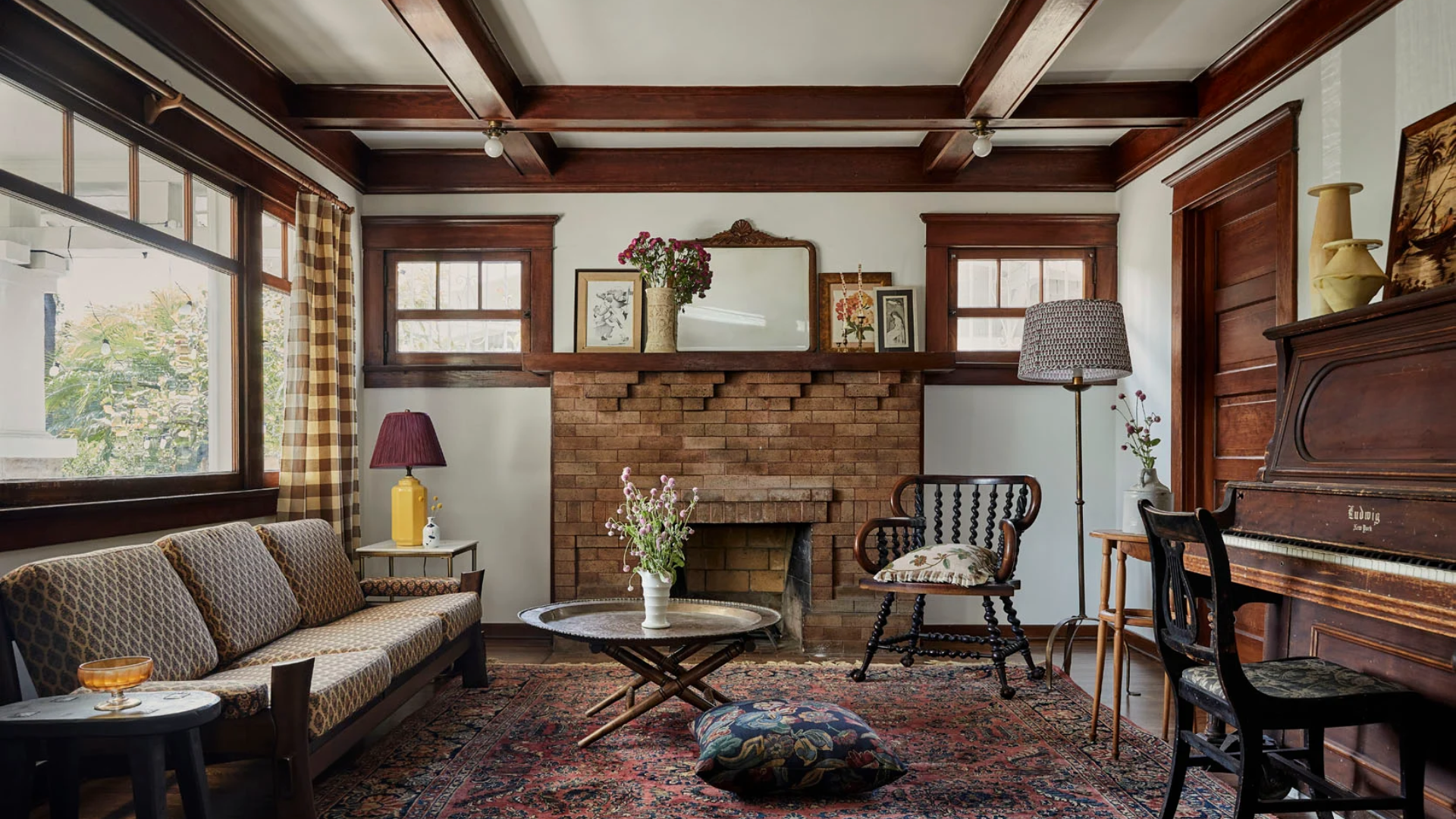
The interior of a Mission-style home typically incorporates a warm, earthy color palette. Rich tones like deep browns, ochres, and muted greens create a cozy and inviting atmosphere.
These colors are often complemented by wood accents, creating a sense of continuity between the materials used for furniture, floors, and walls.
3. Craftsmanship in Furniture and Fixtures
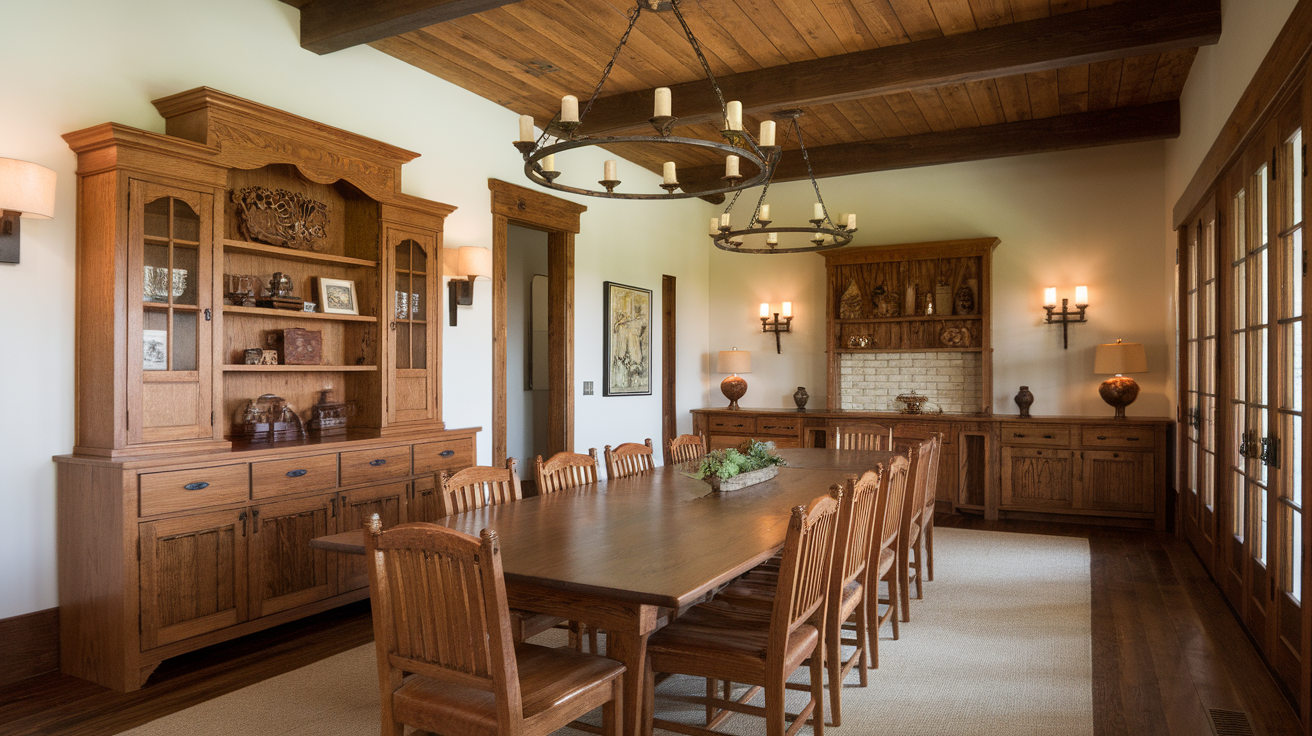
Mission style interiors are defined by their focus on handcrafted furniture and fixtures. Furniture pieces are often made of oak or other sturdy woods, featuring simple lines and visible joinery.
Fixtures such as light sconces, chandeliers, and railings are typically made of wrought iron or copper, showcasing detailed craftsmanship. This focus on quality craftsmanship adds a sense of authenticity and warmth to the home.
4. Large Windows and Natural Light
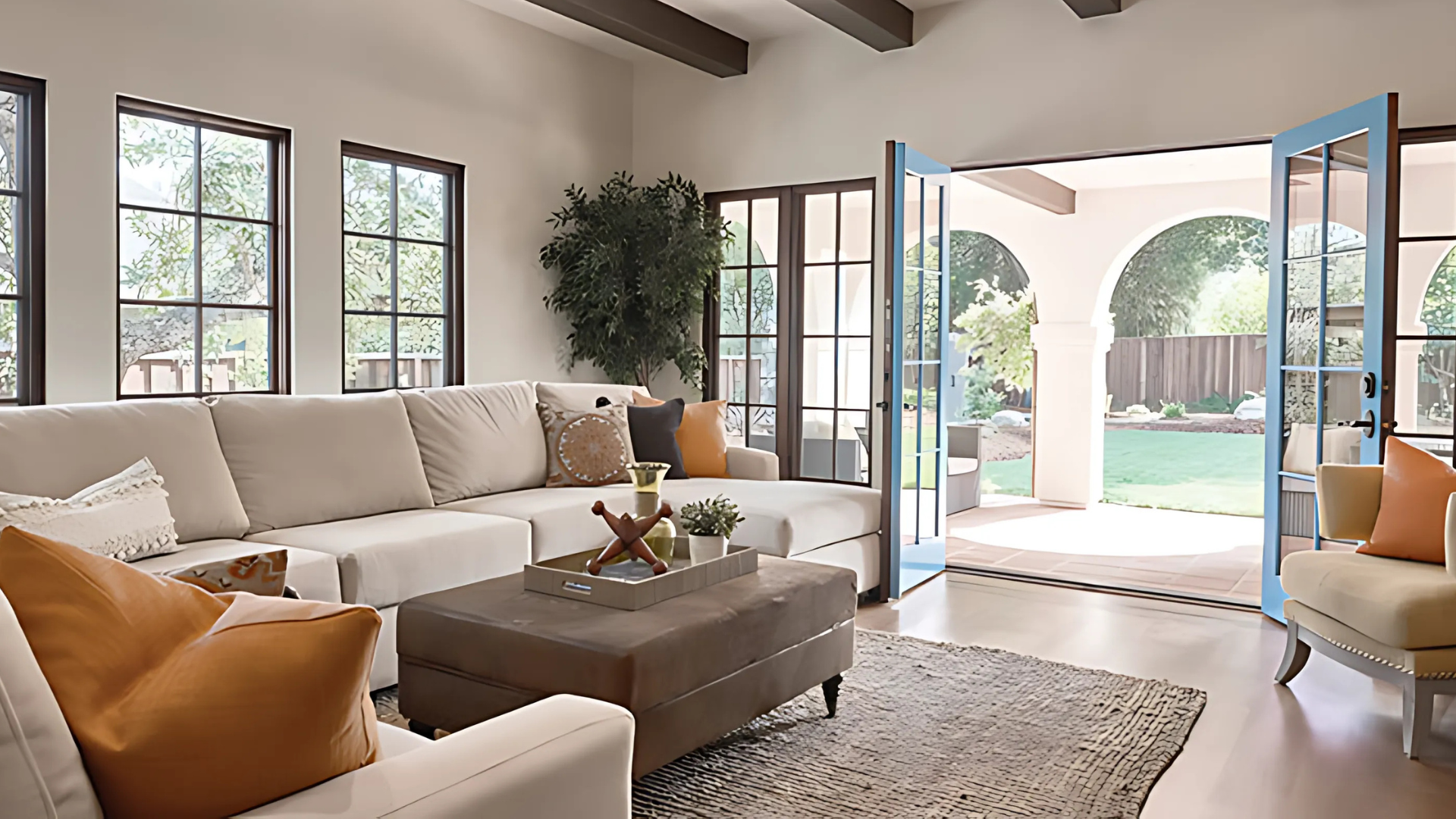
One of the key features of Mission style interiors is an abundance of natural light. Large, often floor-to-ceiling windows are strategically placed to allow light to pour into the space.
This design choice not only enhances the home’s atmosphere but also blurs the line between indoor and outdoor spaces.
In Mission style, windows are often framed with wood or iron and may be embellished with stained glass or simple decorative elements.
Modern Adaptations of Mission Style
While Mission style was initially popular in the early 1900s, it has seen a resurgence in recent years, especially among those interested in combining historical charm with modern sensibilities.
Embrace Minimalist Design
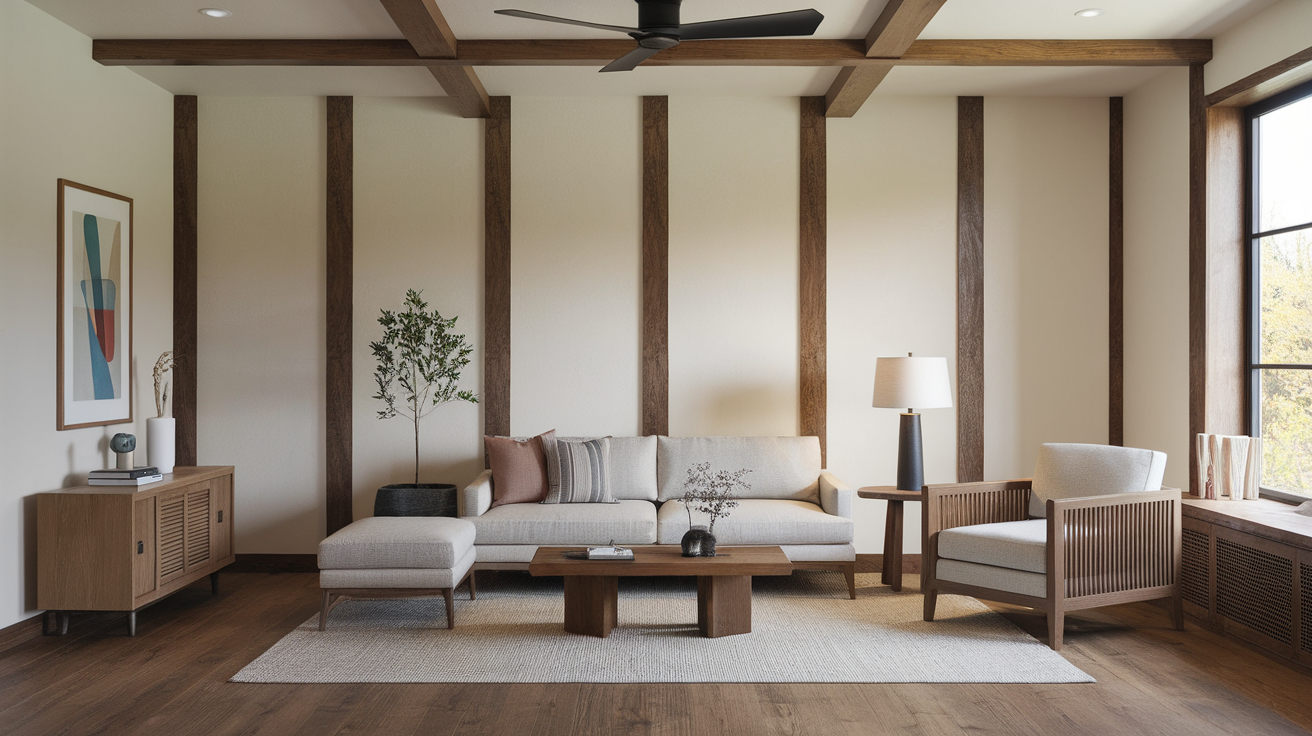
In modern Mission-style homes, the traditional emphasis on simplicity and clean lines can be taken even further. Focus on minimalist design by eliminating excess ornamentation.
This doesn’t mean sacrificing character, but rather opting for streamlined furniture and decor.
For example, instead of heavy wooden furniture, you can opt for simpler pieces with clean geometric lines that still reflect the craftsmanship and natural materials of the Mission style.
Open Concept Layouts
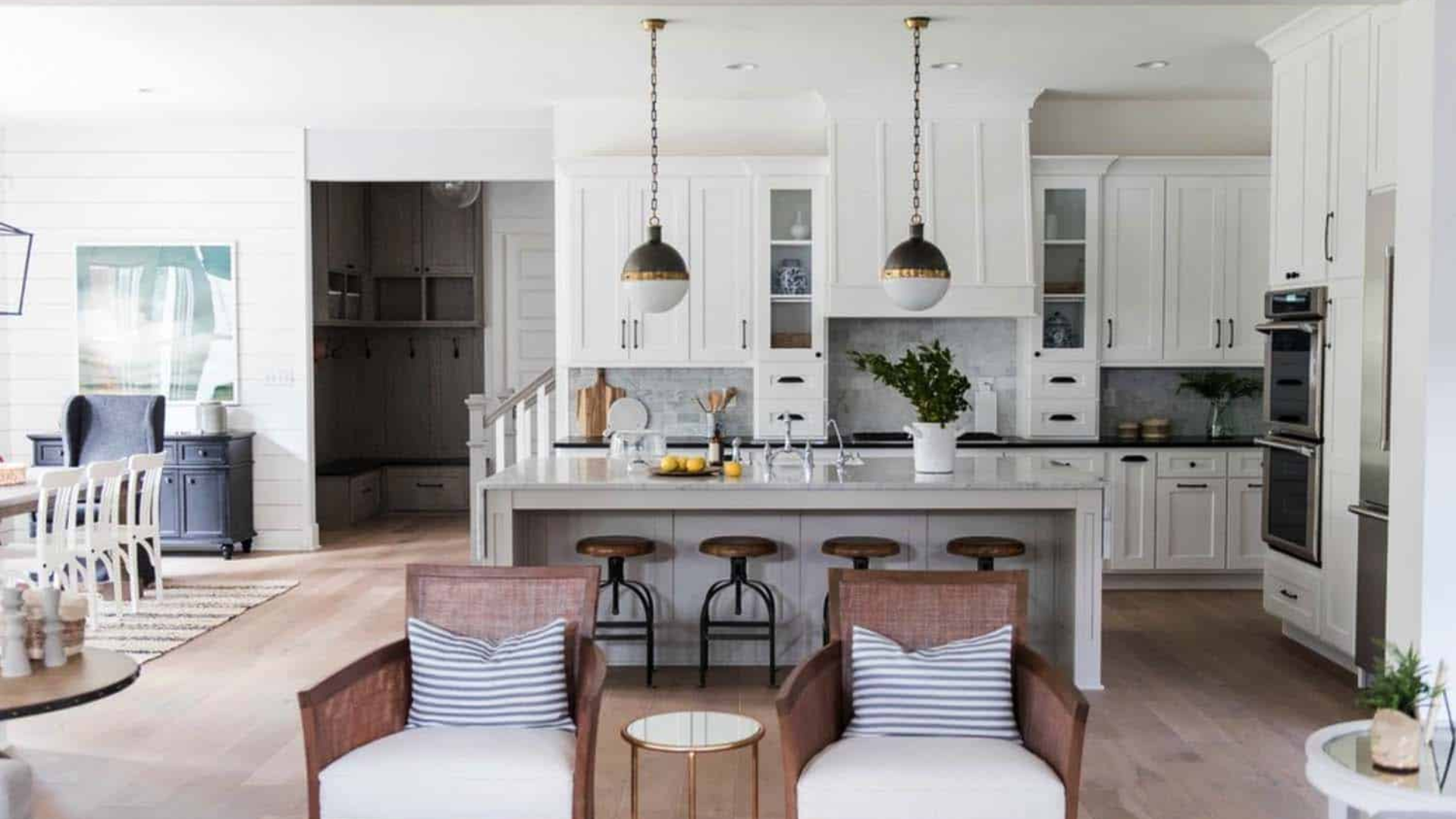
Mission-style homes traditionally featured open floor plans, but this feature has become even more important in modern adaptations.
Today’s homes demand functionality and easy movement between spaces. When designing or renovating a Mission-style home, open-concept layouts are a great way to create a fluid connection between rooms.
Large windows and sliding glass doors can enhance this openness by allowing natural light to flood the interior, creating a bright, airy atmosphere.
Sustainable and Eco-Friendly Materials

Modern design emphasizes eco-friendly and sustainable materials, and Mission-style homes can easily adapt to these trends.
Using reclaimed wood, sustainable bamboo, and energy-efficient appliances aligns perfectly with the Mission style’s emphasis on natural materials and craftsmanship.
Incorporating energy-efficient windows and insulation can also help make the home more sustainable while maintaining the style’s historical integrity.
Contemporary Technology with Traditional Charm
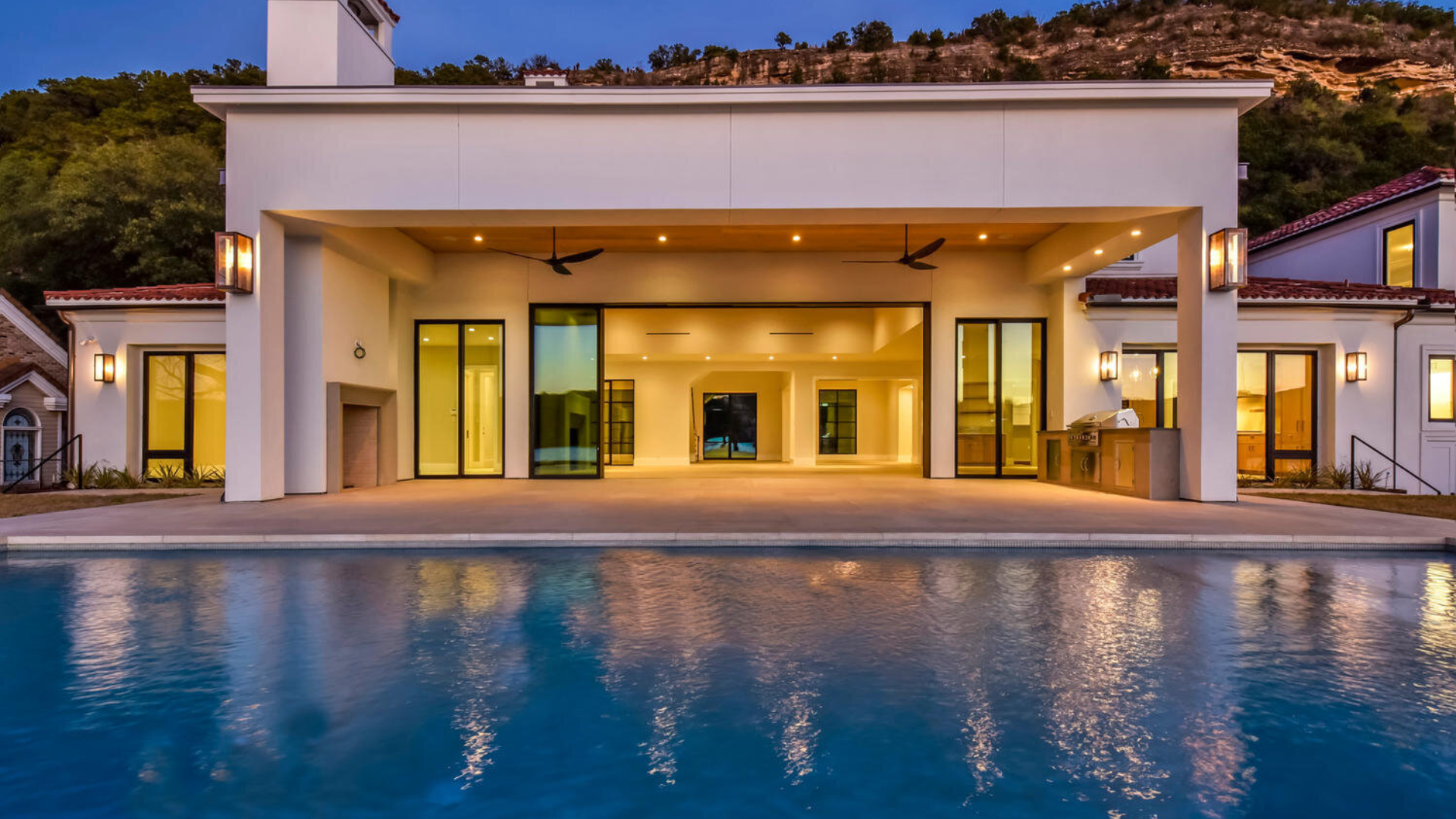
Another way to modernize a Mission-style house is by integrating contemporary technology seamlessly.
Smart home features like automated lighting, security systems, and climate control can be subtly integrated into the design without disrupting the home’s timeless aesthetic.
For example, you can hide modern technology within built-in cabinetry or opt for low-profile designs that don’t detract from the overall look of the home.
Blending Old and New Furnishings
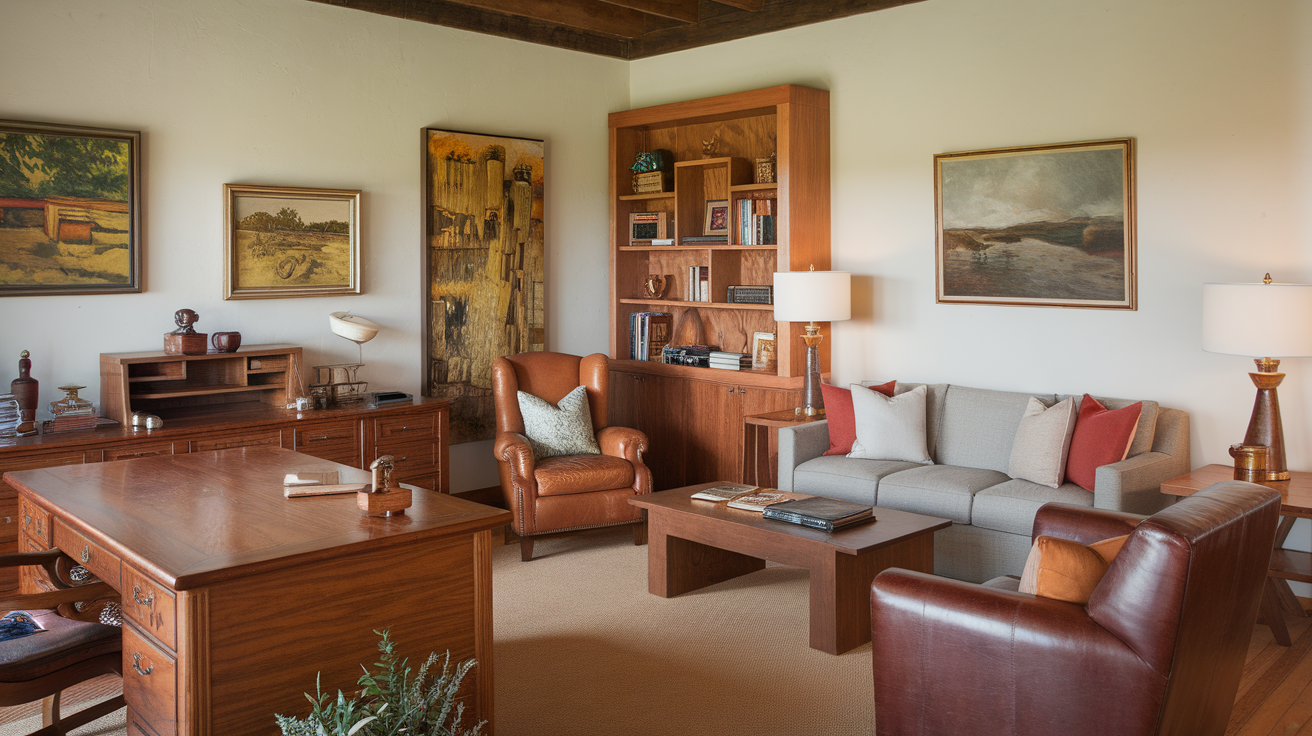
While Mission-style furniture is often handcrafted and vintage, modern interpretations may include a mix of old and new pieces.
Combining antique Mission-style pieces with contemporary furniture creates a blend of textures and aesthetics that can make your home feel both timeless and fresh.
Incorporating modern art pieces or contemporary textiles, like pillows or throws, can help bring the room to life without detracting from the Mission style’s roots.
Tips for Incorporating Mission Style in Your Home
To bring Mission style into your home, focus on using natural materials like wood, stone, and iron. Choose simple, handcrafted furniture with clean lines and minimal decoration.
- Use natural materials: Wood, stone, and wrought iron are key to achieving an authentic Mission look.
- Focus on craftsmanship: Choose handcrafted furniture, fixtures, and decor to reflect the style’s emphasis on quality and artistry.
- Keep it simple: Avoid unnecessary ornamentation. Mission style celebrates clean lines and functional designs.
- Blend old with new: Incorporate contemporary elements, like modern furniture or smart home devices, while keeping the traditional Mission style intact.
- Maximize natural light: Large windows, skylights, and open spaces are essential for bringing the outdoors inside.
Conclusion
Mission-style homes offer a timeless appeal that blends traditional charm with modern needs.
When designing a new home or renovating an existing one, incorporating elements of Mission style, such as exposed wood, open layouts, and natural materials, creates a warm and welcoming atmosphere.
By adapting the style to suit contemporary preferences, you can honor its roots while enjoying the benefits of modern living.
Start planning your Mission-style home today and bring timeless beauty and functionality into your space.
Need more inspiration or help with your design project? Contact me for expert advice and personalized design ideas.

